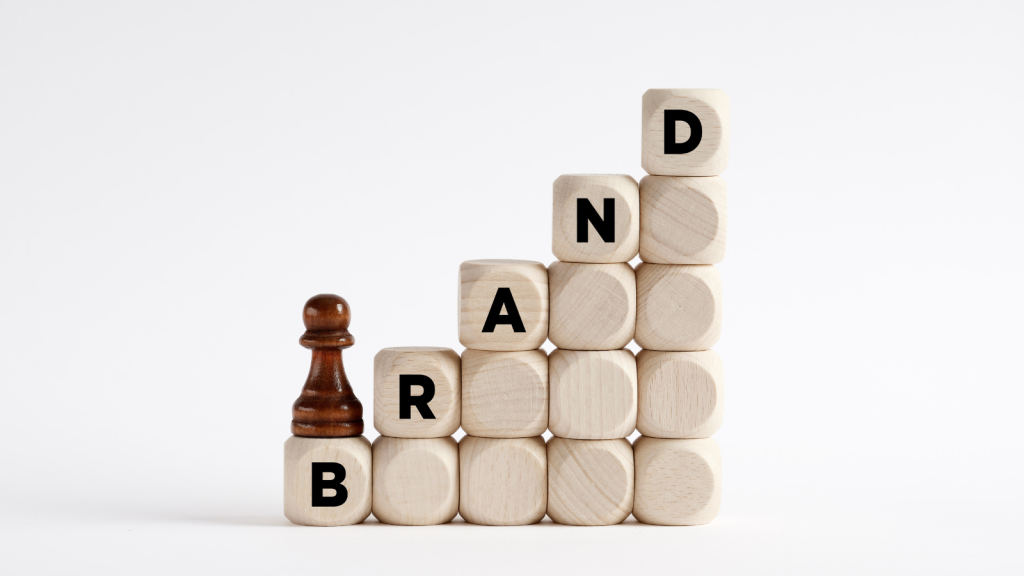Meet Sarah, a freelance designer struggling to differentiate herself in a crowded market. She had talent, but her audience wasn’t engaging. That changed when she mastered personal branding through email marketing. By leveraging storytelling, NLP techniques, and smart automation, she transformed her email list into a community that trusted, engaged with, and referred her.
Personal branding isn’t just about having a website or a social media presence—it’s about staying top of mind. And email marketing is one of the most powerful, yet underused, ways to build and enhance your personal brand. Let’s explore how you can do it with untold strategies, NLP techniques, and practical email marketing tactics.
1. Why Email Marketing is Essential for Personal Branding
Social media is noisy. Algorithms change. But email? It’s direct, personal, and gives you full control over how you communicate with your audience. Here’s why email marketing is a game-changer for personal branding:
- Builds Authenticity – Your emails let people hear your voice, thoughts, and experiences.
- Creates Consistency – Regular emails keep your audience engaged and remind them of your expertise.
- Enhances Trust & Authority – Well-crafted emails position you as a thought leader in your niche.
- Strengthens Relationships – Unlike social media, emails create deeper, one-on-one connections.
2. How NLP Enhances Personal Branding Emails
Neuro-Linguistic Programming (NLP) is a powerful tool in email marketing. It helps craft messages that connect with readers on a deeper level. Here’s how to use NLP in your emails:
- Personalized Language – Speak directly to the reader as if you’re having a conversation with them.
- Emotional Triggers – Use words that evoke curiosity, excitement, or a sense of belonging.
- Storytelling Techniques – Structure your emails as engaging narratives that draw people in.
- Powerful CTAs – Frame calls-to-action in ways that feel natural and inviting rather than pushy.
For example, instead of saying, “Sign up for my newsletter,” try, “Join a community of ambitious professionals who receive exclusive tips from me every week!”
3. Untold Strategies to Build Your Personal Brand Through Email
1. Create a Signature Email Style
Sarah found her breakthrough when she created a unique email style that people instantly recognized. Here’s how you can do the same:
- Use a distinct writing tone—friendly, professional, witty, or inspirational.
- Add a personal touch—share real-life experiences, lessons, or behind-the-scenes stories.
- Stick to a recognizable format—whether it’s short emails, deep insights, or quick tips.
2. Leverage Storytelling to Build Connection
People don’t just want information; they want stories. Use storytelling to:
- Make your emails memorable.
- Show vulnerability and authenticity.
- Highlight transformations (your own or others’).
For instance, instead of listing “3 Tips to Grow Your Personal Brand”, you could start with: “I remember the first time I tried to build my personal brand—I felt invisible. Then I discovered…” and lead into your insights.
3. Craft Emails That Feel Like 1-on-1 Conversations
Avoid generic emails. Instead:
- Write as if you’re emailing a close friend.
- Use their name in the subject and email body.
- Ask engaging questions to encourage replies.
A great example: “Hey Alex, have you ever felt like your brand isn’t getting the recognition it deserves? I’ve been there. Let’s fix it.”
4. Position Yourself as an Authority (Without Sounding Arrogant)
Your audience needs to see you as an expert, but also as approachable. Here’s how:
- Share valuable insights, trends, and experiences.
- Reference successful projects or client results without bragging.
- Offer exclusive tips and resources that aren’t available elsewhere.
Example: Instead of saying, “I’m an expert in personal branding,” say, “Over the past five years, I’ve helped over 500 entrepreneurs build personal brands that attract clients effortlessly.”
5. Segment Your Email List for Hyper-Personalization
Not all subscribers are the same. Use AI and email segmentation to:
- Send personalized content based on their interests.
- Deliver different messages to beginners vs. advanced professionals.
- Tailor emails based on past interactions.
6. Automate While Keeping It Personal
Automation doesn’t mean losing authenticity. Use AI to:
- Send personalized welcome sequences that introduce you and your brand.
- Automate birthday or milestone emails for a personal touch.
- Create behavior-triggered emails that adapt to the subscriber’s actions.
Example: If a subscriber downloads your free branding guide, follow up with an email series about advanced branding strategies.
4. Common Mistakes to Avoid in Personal Branding Emails
Even the best strategies can fail if you make these mistakes:
- Sending salesy emails too soon – Focus on relationship-building before pitching.
- Being inconsistent – Choose a schedule and stick to it.
- Ignoring feedback – Pay attention to replies and adapt to what your audience wants.
- Writing generic emails – Stand out by adding personality and authenticity.
5. Final Thoughts: Email is Your Secret Weapon for Personal Branding
Sarah went from being invisible to becoming an authority in her industry—all by using email marketing strategically. She personalized her emails, used NLP to connect emotionally, and delivered real value to her subscribers. Today, her emails aren’t just messages in an inbox; they’re a key part of her brand.
If you want to build a strong personal brand, start leveraging email marketing today. Speak authentically, engage meaningfully, and provide value in every email. Your audience is waiting to hear from you!

